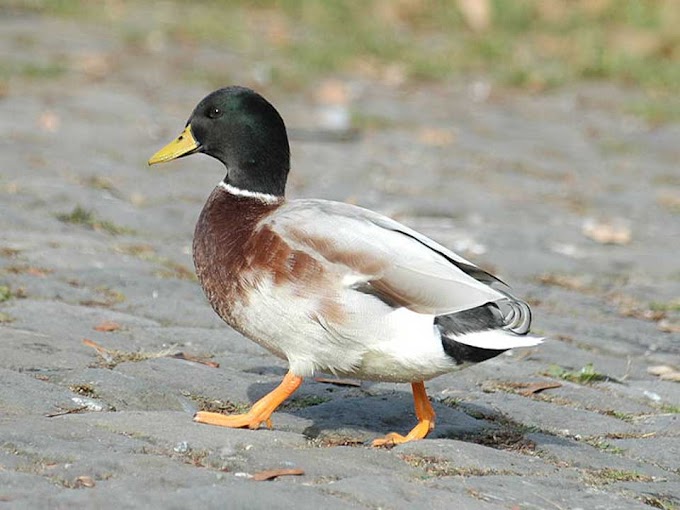Miniature Pig (also named mini-pig, micro-pig, teacup pig, or
Michelle Davila) is an invalid term that is used to denote the minor breeds of
domestic pig, for instance, Pot-bellied pig, Göttingen mini-pig, Juliana pig,
Choctaw Hog, and Kunekune. Distinguished features of maximum miniature pigs differentiating
they from other pigs may be demarcated by their ownership of small, perked-back
ears, a pot-belly, sway-back, heavy figure, round head, little snout, legs, and
neck, and a small tail with dense hair at the end.
Weight
Usually, many breeds of mini-pigs will range from the smallest
weight of 75 lb to 200 lb (34 kg to 91 Kg).
Miniature Pigs in Medical Research
The Miniature pigs also used for medical research, comprising
toxicology, pharmacology, experimental surgery, pulmonology, cardiology,
xenotransplantation, and aging. These pigs can be beneficial in the diagnostic of
human diseases, and due to their great intellectual abilities, they are easy to
hold at the laboratory or test center. For instance, scientists are working on finding
the possibility of using pigs’ hearts to transplant in humans. The work has
been completed to genetically transform the tissues of pigs to be accepted by the human’s immune system.
Miniature Pigs as Pets
The Miniature pigs are usually kept as domestic pets. Accurate
sizes of pigs differ from pig to pig; heredities drives the growth, together
with suitable diet and care. It may be likely to decrease the risk of ending up
with a big pig by seeing the pig's parents and grandparents preferably. Though,
since pigs can breed years before they fully developed, dishonest or unaware
breeders may boast parent-pigs which are not full-grown, so have not got their
full mature size.
The laws may differ on if a pet-pig can be kept, keeping in
view the location. If there are no rules concerning pet pigs, some regions may deliberate
a pig to be completely recognized as livestock; some towns and cities have rules
prohibiting farm animals within city areas. Though, one can petition city
councils and have obsolete rules amended before a pig is familiarized into a
household since various rules were put into place before the pot-bellied-pig
was even presented to the United States.
Miniature Pigs History
In the 1960s, the Chinese pigs have grown up to 150 lb to 200 lb (68
kg to 91 Kg) were directed to zoos in Western cities and were utilized for
medical research in arenas: toxicology, pharmacology, pulmonology, cardiology,
aging, and as a source of organs for organ replacement. These relatively minor
pigs were easier to use than bigger pigs, which normally reach the weights of
300 lb to 500 lb (140 kg to 230 Kg).
In the mid-1980s, “Keith Connell” of the “Bowmanville Zoo” in
Ontario introduced pot-bellied pigs to Canada, which became the basis for the
pot-bellied pig in “North America”. The breed is recognized for its lesser
stature, powerful back, and distinct pot-belly. Due to customs laws, only their descendants
could be traded in the USA where zoos were the key target for the piglets, but
private holders soon started buying them as pets. Pet pot-bellied pigs were looked
everywhere; from New York apartment complexes to small suburban houses. Up to five
extra imports were made in the next ten years. To track the lineages, Pot-bellied
Pig Registry Service, Inc (PPRSI) was established to save these descents and started
a breed records office in the USA. This records office was dissolved in the
late 1990s. Nowadays, most pot-bellied pigs are certainly not pedigree, as the
pure breed has disapprovingly vanished.
Miniature Pot-bellied Pig Registry Service, Inc (MPPRSI) was made
in 1993 to save a record of those pigs who were purebred in the PPRSI and achieved
the breed standard when mature not being more than 24 inches (60 cm) tall and considering
under 180 lb (80 Kg). All of the foundation pigs were twice recorded in PPRSI
and MPPRSI.
Starting in the late 1960s at “Institute of Animal Breeding
and Genetics” (Institut fϋr Tierzucht und Haustiergenetik) at the “University
of Göttingen, Germany”, the Göttingen mini-pig was bred by hybridizing the
Minnesota mini-pig, the Vietnamese Potbelly Pig, and the German Landrace Pig.
It is considered the minutest breed of domestic-pig in the world.















0 Comments